
PROJECT
mamaro
Mobile nursing pod supporting mothers in public spaces—design enabling society-wide childcare support.
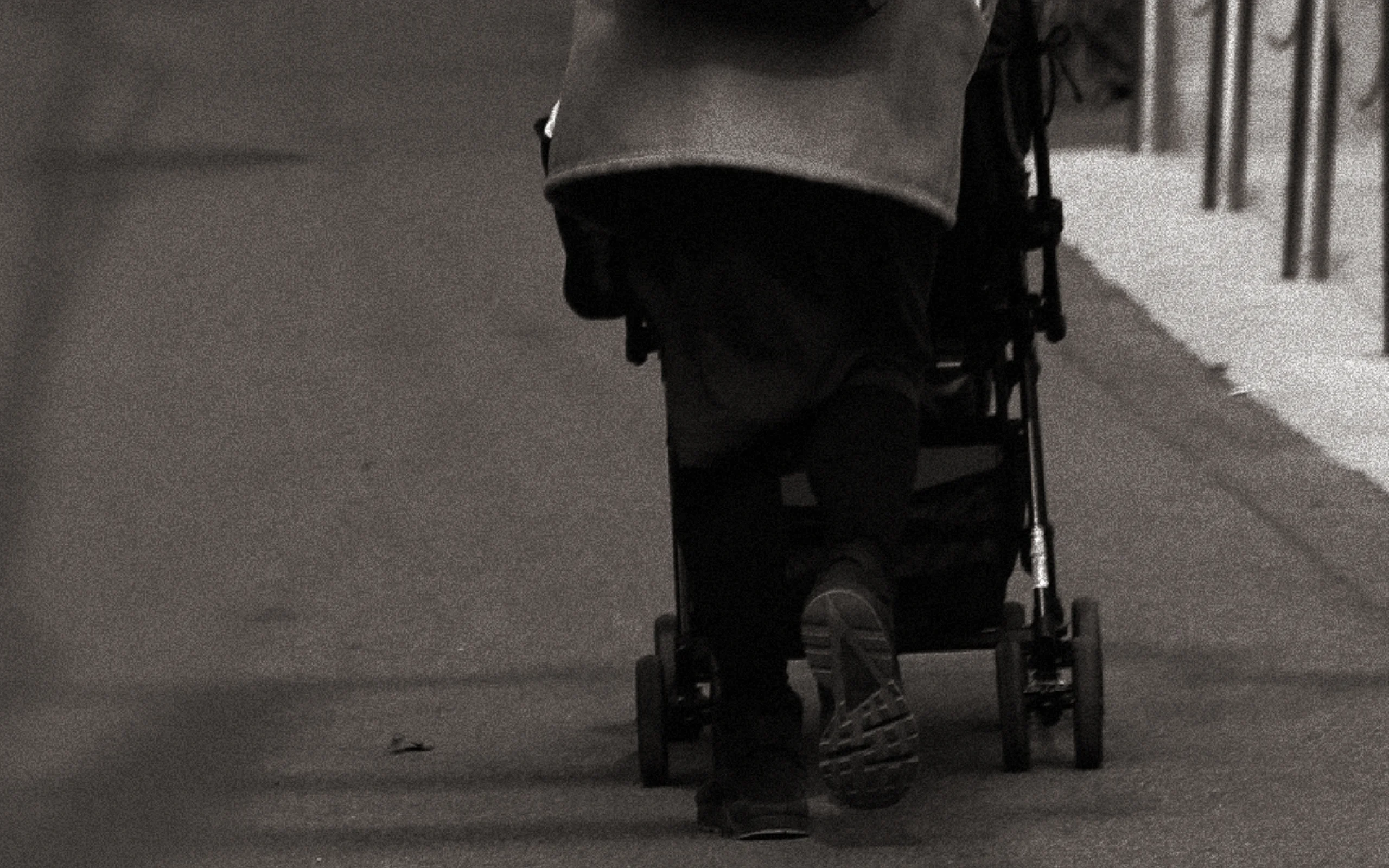
WHY
Can couples with
infants go out
in the city feeling safe?
Around 900,000 babies are born every year in Japan. In contrast, the country only has about 20,000 lactation rooms, which is far from sufficient (Based on research by the Ministry of Land, Infrastructure, Transport and Tourism, the Ministry of Health, Labour and Welfare, and Trim Inc.). Surveys show that as many as 80% of mothers have to check the availability of lactation rooms and diaper-changing stations at their destination before going out, making it a major cause for concern when outside.

On the other hand, various barriers hinder the installation of baby rooms in public spaces, including physical space, safety, privacy, and high construction costs. How can we achieve a situation where people can feel safe in the city while raising their children?
Anxiety levels when going out with toddlers
Experiences discouragement of outings with children because of the inconvenience of changing diapers outdoors

HOW
A mobile baby room
that can be installed later.
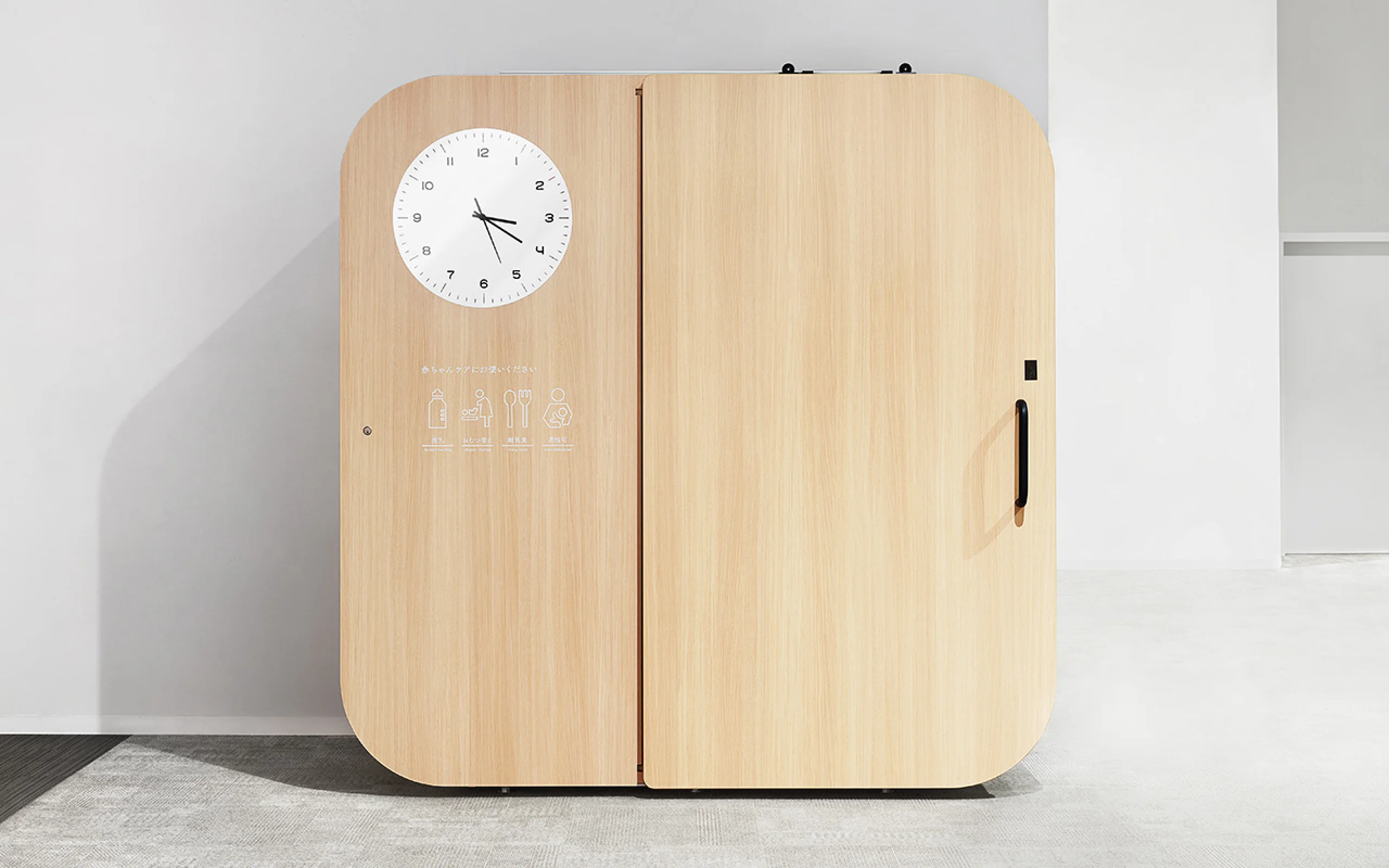
Yokohama-based startup Trim is engaged in a portable baby room business called mamaro. mamaro, which can be set up at a low cost in a space as small as the size of a tatami mat (1.62 square meters), has been highly rated for attributes such as its low setup cost, iconic design, and a spatial design that offers peace of mind. To further improve the UX of this product, we, NOSIGNER have made significant improvements to the design and functionality of mamaro’s new enclosure.
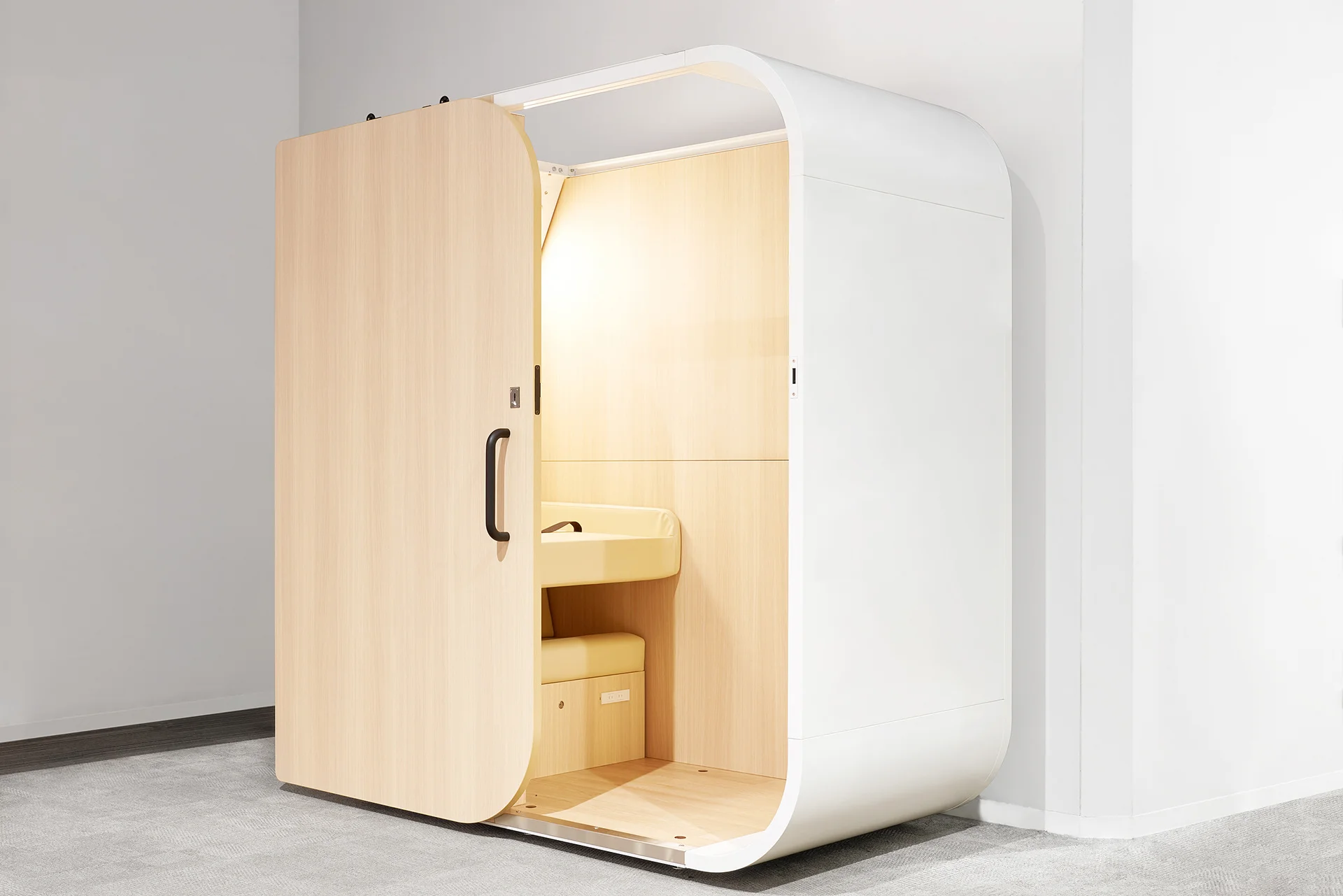
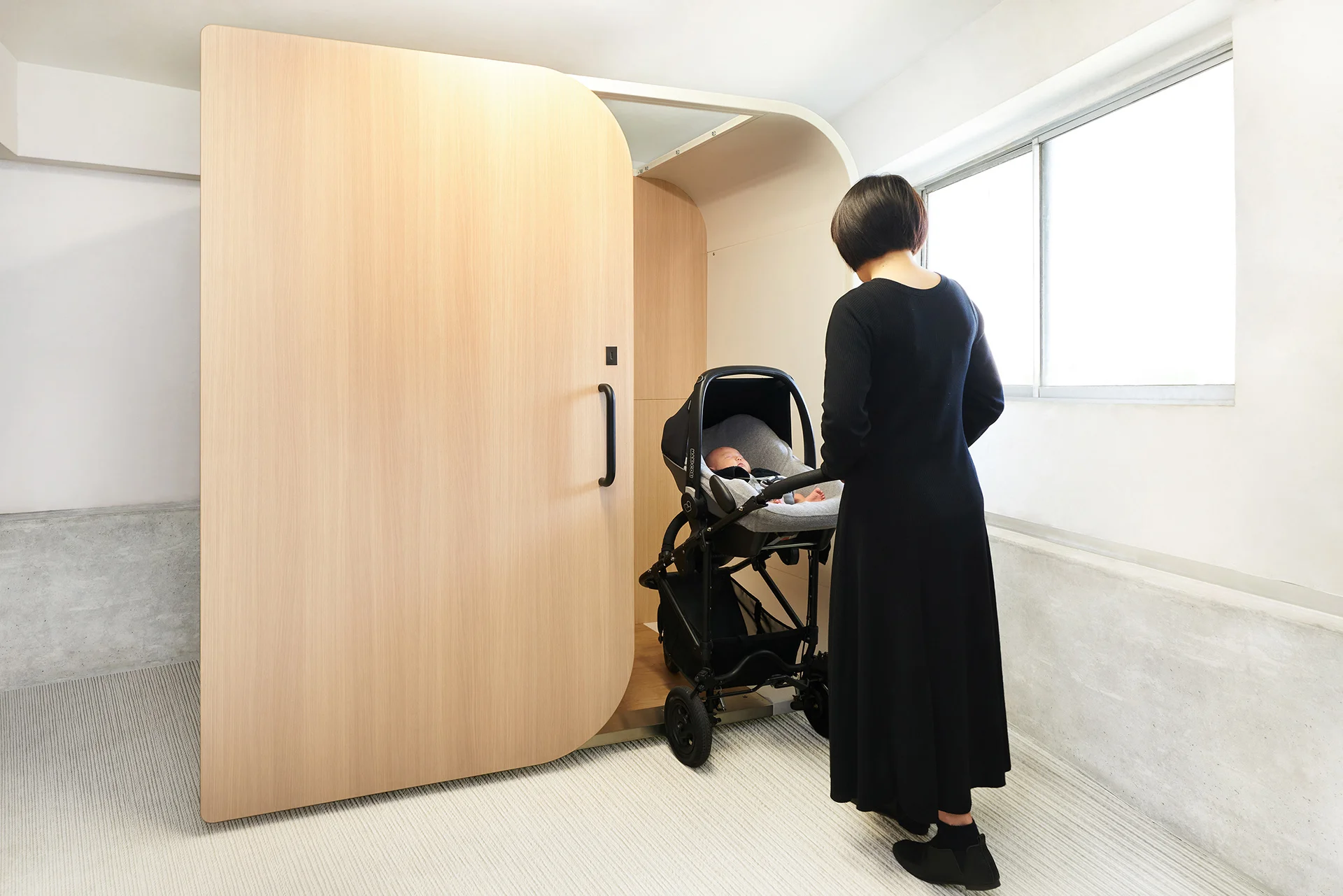
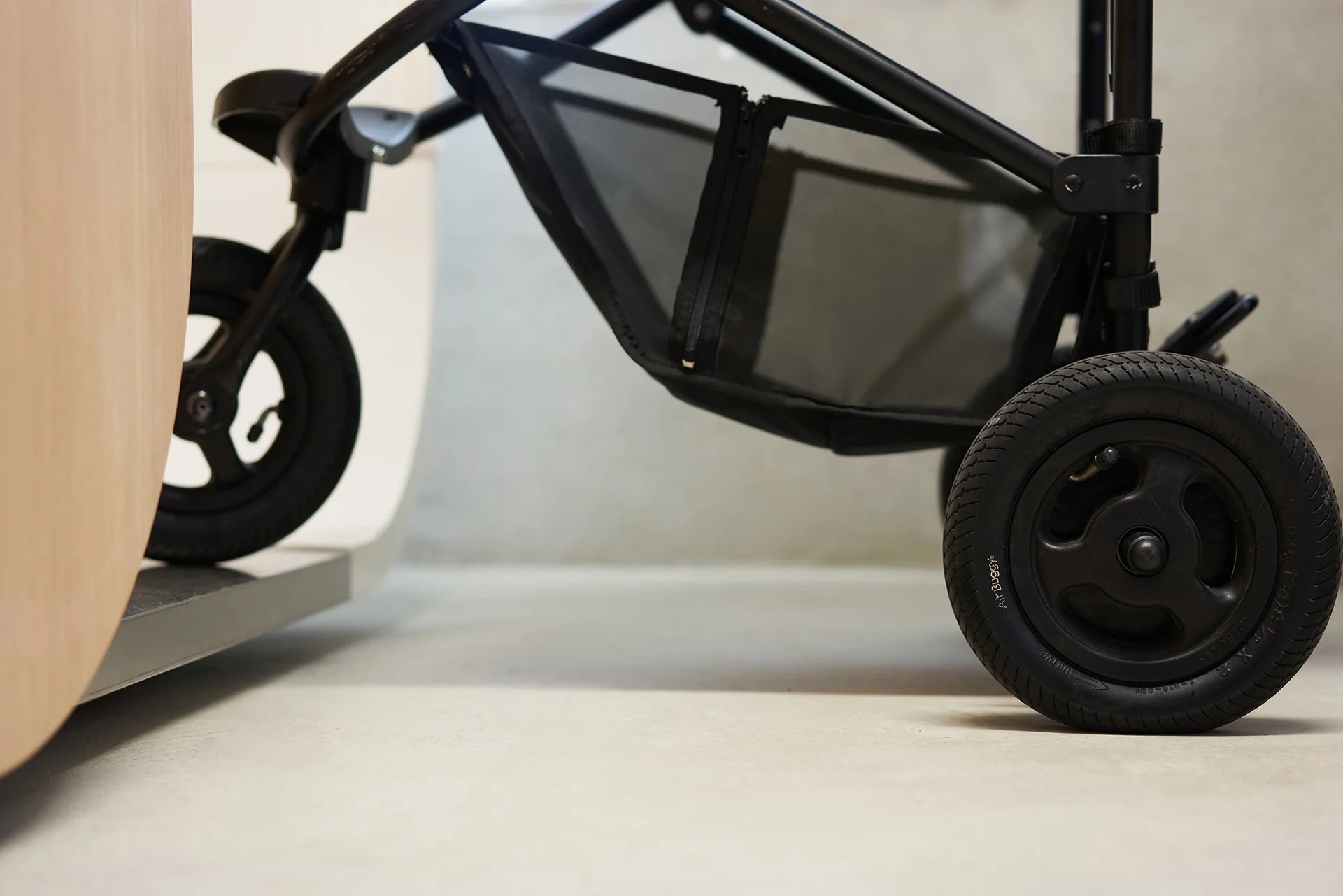
Upon analyzing the old model through the lenses of its ease of use with children, we found several issues such as the narrowness of its entrance and interior space, etc.
Therefore, in designing the new enclosure, we not only created a simpler appearance for the new model but also extended its width and depth in a manner that does not hinder the setup of the facility and increased the opening width by over 1.5 times through the use of a sliding door that is suspended externally. In addition, we lowered the step at the entrance by reducing its height above the ground.
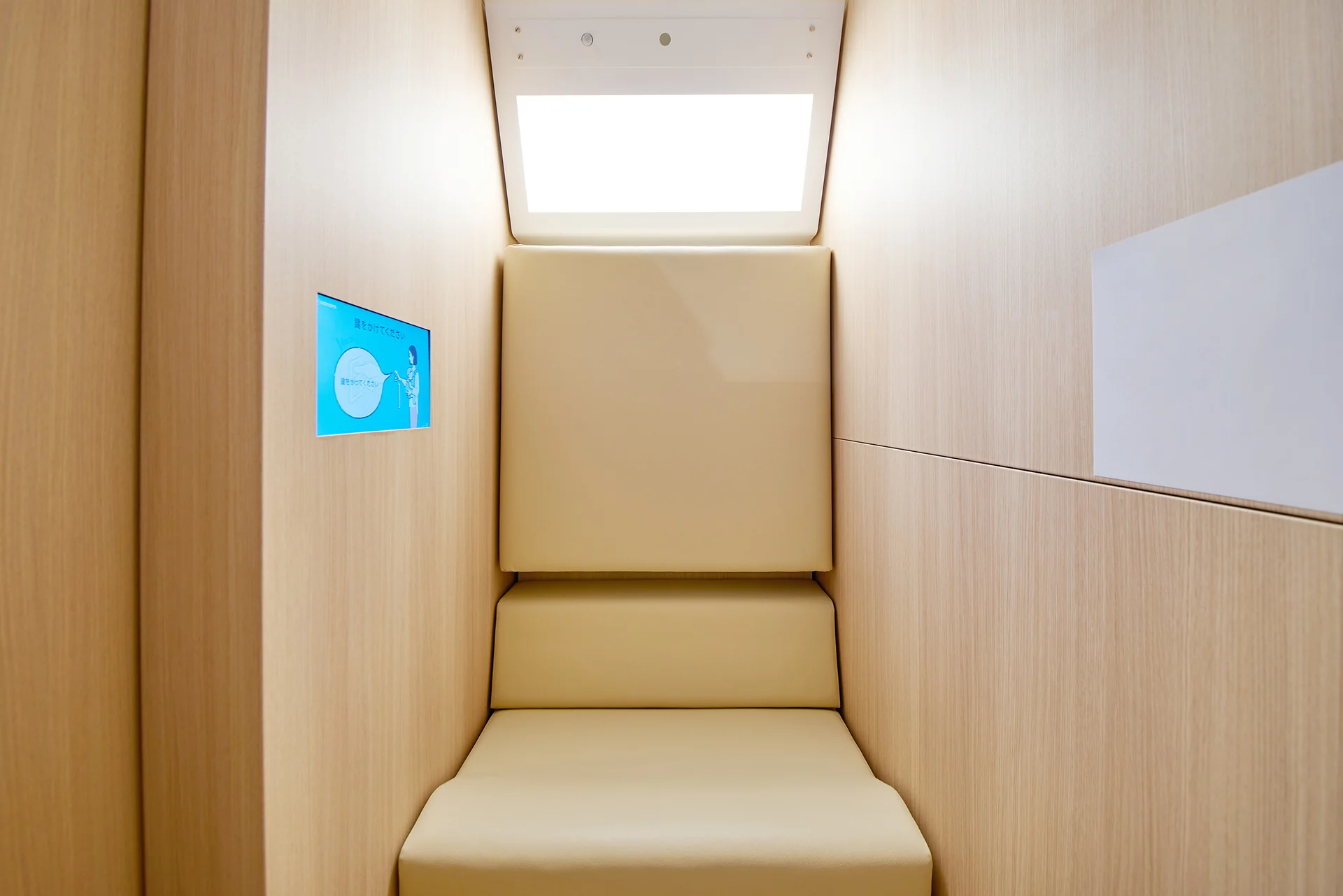
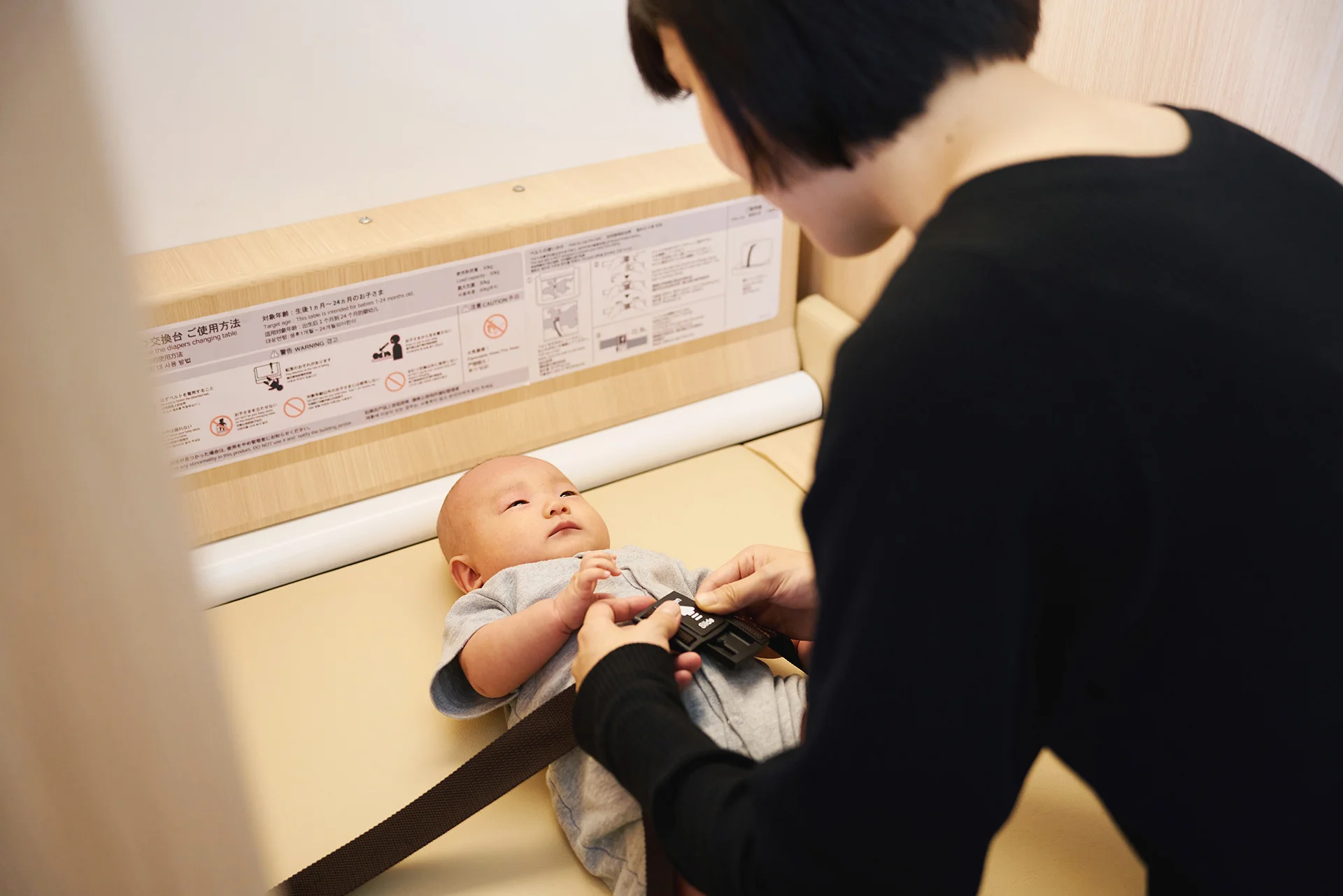
As for mamaro’s interior design, we consolidated the display functions into a tablet device located next to the chair to create a wider interior space and introduced modifications that make it easier for users to utilize the diaper station and push their stroller in and out, thereby improving user experience and achieving a universal design. To allay concerns regarding the transmission of infectious diseases, we have also installed a system that disinfects the interior with UV rays and ozone after use, offering users peace of mind.
Finally, we replaced the round, internally illuminated sign that had been mamaro’s icon with a circular monitor that can display an animated logo, the time, and other kinds of content to further enhance brand recognition. In the future, this monitor can also be upgraded with additional capabilities, including the display of status information such as “in use” (use duration) and “disinfecting” (time remaining), as well as advertisements, etc.
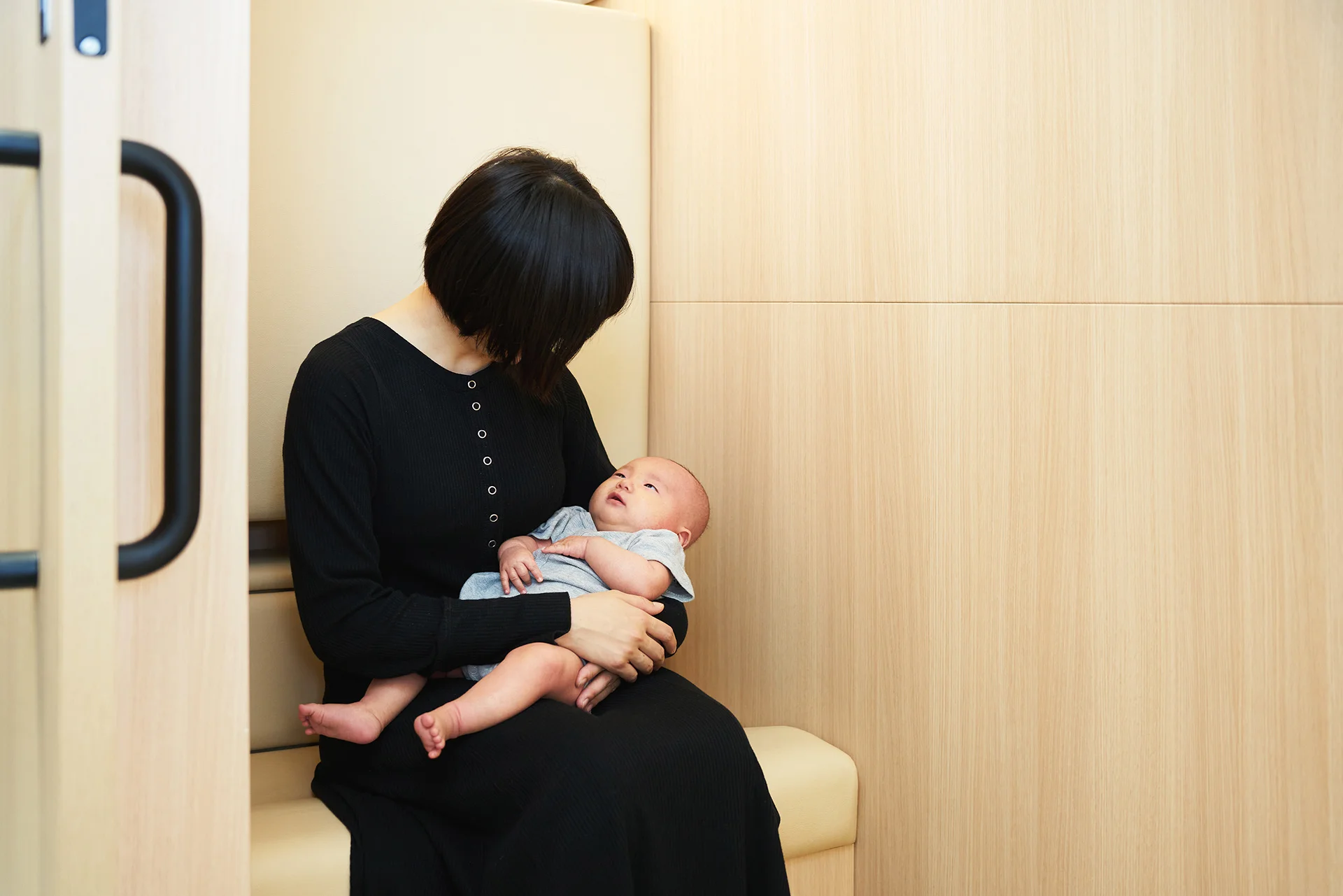
WILL
Toward a city
where it is easier
to raise children.
Currently, mamaro has numerous installations, mainly in commercial facilities and amusement parks throughout Japan. Through the design of this enclosure, we aim to further expand mamaro throughout the city, making it a basic infrastructure that provides peace of mind for people going out with their children.
We will continue to enhance mamaro, adding content for children to enjoy and physical measurement functions. Aside from making mamaro a place where parents can care for their children in peace, these improvements will also help mothers learn about their children’s health and promote their development. Through the popularization of mamaro, we envision a future in which people can live in a well-being city where it is easy to raise children.

INFORMATION
- What
- mamaro
- When
- 2021
- Where
- Japan
- Client
- Scope
- Product / Photograph (社内リリース素材使用のみ)
CREDIT
- Art Direction
- NOSIGNER (Eisuke Tachikawa)
- Graphic Design
- NOSIGNER (Eisuke Tachikawa, Niyen Lee)
- Photograph
- NOSIGNER (Yuichi Hisatsugu)







